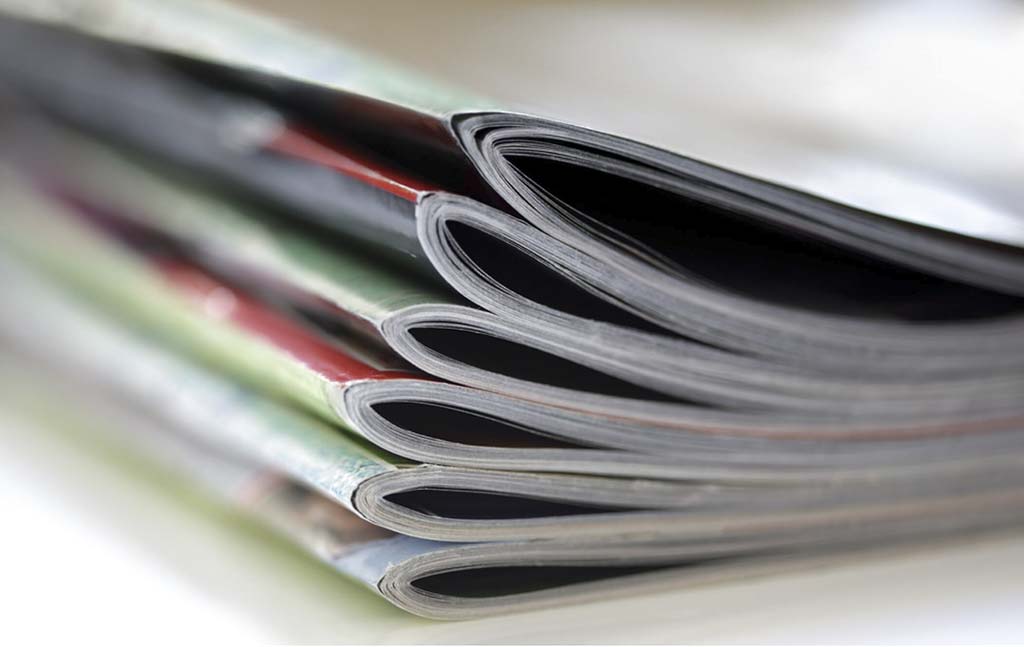The choice of book binding depends largely on the stated purpose and audience for which the book is intended. The choice of binding is mainly influenced by the frequency of its future use and the prestige factor. Read on before place an order on the posterprintcenter.com website.
What is saddle stitching?
What is a saddle stitch, and why is it so named? It is used to stitch harnesses and horse saddles, these items require a strong stitch, but it is also used to stitch leather covers for books or notebooks. It is considered one of the most reliable leather stitches.
If you compare it to machine stitching, the saddle stitch is much stronger because it is done by hand using two needles and holes that are punched beforehand. The needles are taken out from the opposite side of the leather, and each stitch is their intersection. This is a classic saddle-stitched printing.
What is perfect bound?
The most popular choice between stitching choices for a book is increasingly the perfect binding, or also called softcover. For softcover books, it is recommended to use glueless stitching. The main advantage of this method is its versatility, allowing to work with both thin and thick blocks, as well as low cost. In addition, the appearance of finished products assembled with thermal adhesive is very aesthetically pleasing, so we can get a perfect-bound book.
What are the differences between perfect binding and saddle stitching?
Both saddle stitching and perfect binding are ways of binding books, notebooks, or magazines.
As we have learned before, saddle stitching means that this method of binding, in which the pages are gathered together, folded, and stapled along the page crease, on the exterior of a book.
Perfect binding, on the other hand, does not involve folding the pages. The inside pages come together and are glued along the spine while the cover is being applied. When the glue dries, the pages are held securely in place. The first characteristic of this binding method is, firstly, high productivity due to the high degree of automation, secondly, a binding quality superior to conventional glue, and thirdly, low cost of production. The main disadvantages are the limitations in terms of paperweight and number of pages, and the fact that it, unfortunately, does not ensure a long service life, as sheets, especially coated paper, tear off easily.
And it’s hard to compare, as either method is good, it just depends on the weight of the paper you’re using. And when it comes to time, then a perfect stitch can be done the same day printing services.
What’s the best binding for your publication?
For books that may be short-lived or less reliable (or those that don’t have many pages), saddle stitch binding is not a bad alternative.
So if you have to choose between binding, it is still recommended to choose the perfect bound, if you want to get a perfect bound booklet printing.
This particular method is considered very economical for binding both in terms of production and visibility and still has high quality and production technique that allows books to get good sales results.
Final thoughts
There are so many ways to make your publications get noticed. Distribution needs should determine your binding decisions. The choice must fit your needs, what you need your books or pamphlets for, what audience it is intended for. So you need to get a good look at the pros and cons before you make a choice.
